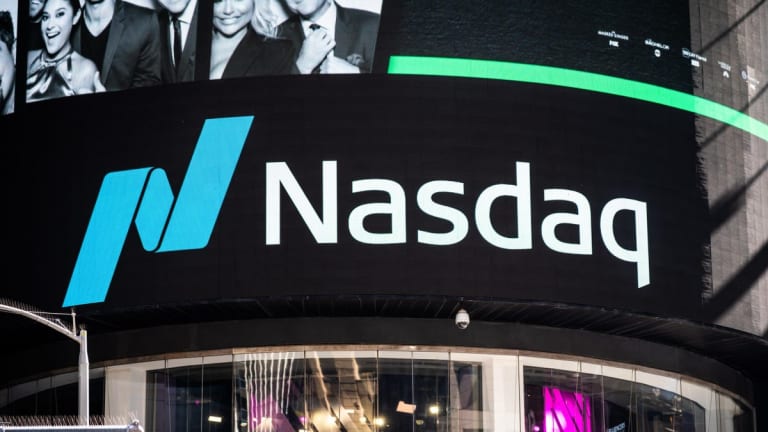
Little Known Way to Easily Beat the Nasdaq
I know an easy way to outperform the Nasdaq. It involves almost no research and maybe even less risk. I’m surprised more investors haven’t figured this out.
The Nasdaq Composite index closed at 15,129 on Friday, a record high. The tech-heavy benchmark is now ahead 17.4% in 2021 thanks to ongoing strength for software and semiconductor stocks.
Yet investors are better off buying Nasdaq OMX Group (NDAQ), the company that runs the index.
It turns out that running businesses that manage indexes is surprisingly profitable. They are predictable. They also reward shareholders like it’s nobody’s business, to butcher an idiom.
The numbers part is easy. While the composite index is up 17.4% in 2021. Nasdaq OMX is ahead 45.7% during the same time frame. Over the past 10 years shares have risen an average of 24.6% compounded annually, according to Morningstar. This means a $10,000 investment made in the summer of 2011 is worth $90,194.56 today.
Formed in 1971 by the national association of securities dealers, the Nasdaq quickly became one of the premier exchanges in the world, known for its rapid electronic transactions. Speedy processing played a big role in 1992 when Nasdaq linked up with the London Stock Exchange for intercontinental trading. It was also central to the merger in 2007 with OMX, a large exchange operator in the Nordic countries.
Today Nasdaq OMX is the world’s second largest exchange by market capitalization. Only the New York stock exchange, owned by Intercontinental Holdings (NYSE) is larger.
The strength of Nasdaq OMX is profitability. Its four core businesses face little competition.
Market Services, accounting for 40% of revenue, collects a small fee for every security transaction completed on the Nasdaq OMX exchanges. Information Services, about 30% of sales, sells real-time securities pricing data and analytics to banks, brokers, institutional clients and other marketplace operators. Corporate Services earns fees from companies listing on the Nasdaq. And Market Technology sells financial regulatory services and anti-financial crime tools.
During the second quarter conference call, Adena Friedman, chief executive officer said sales reached $841 million, up 21% year-over-year. She noted sales increased across all four market segments. Information Services grew exceptional fast, rising 23% to $263 million.
That growth is related to index funds.
Nasdaq OMX earns fat license fees for helping financial services companies develop index exchange traded products. ETPs such as the Invesco QQQ Trust (QQQ) and the PHLX Semiconductor (SMH) are wildly popular, generating additional revenues through transactions. And many more are in the pipeline. Friedman notes that 15 new ETPs were announced during Q2.
Nasdaq OMX is in the business of developing, maintaining and selling information on some of the most popular indexes in the world. It earns a fee every step along the way, including another payment when the ETP or a derivative option is bought or sold on one of its exchanges.
That’s a far better business than being a passive investor in an index fund.
Shares are up 45.7% this year. This far exceeds the 17.4% return for the Nasdaq Composite index.
Nasdaq OMX investors are also doing way better than shareholders of competitors. The stocks of S&P Global (SPGI), the keeper of the Standard and Poors 500 index, CME Group (CME), the company behind the Chicago Board of Exchange, and the Intercontinental Exchange and have posted gains of 33.3%, 9.8%, and 2.7% respectively.
Another index provider that has shot out the lights is MSCI (MSCI). It’s up 41.7% this year, which is light years better than some of its best-known indexes such as iShares MSCI Emerging Markets (EEM), which is flat this year. More on MSCI soon.
Longer-term investors looking for a way to participate in the growth of the capital markets should nix passive investing in index funds to buy shares in the company that runs the Nasdaq. It’s buyable now on the slender breakout from a month-long consolidation.









